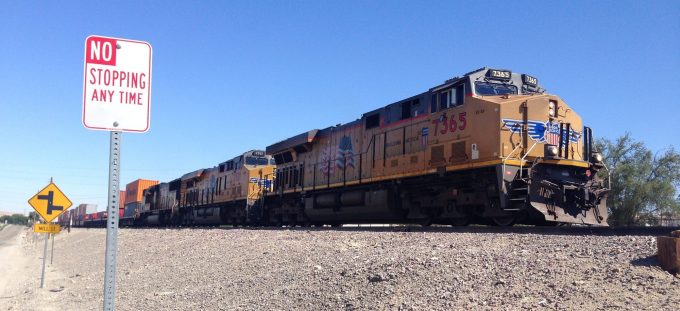Canadian shippers await government decision as negotiations derail
Canadian rail operators are placing their bets on government intervention to prevent a nationwide rail ...

As peak season US containerised imports arrive at ports, with goods for the prime shopping season, the latest monthly US Port/Rail Ramp Freight Index, from ITS Logistics, shows uncongested flows through the ports and rail system.
The exception is at railheads in the midwest and east, where ITS warns clients of “elevated to severe disruption” in the coming weeks.
It advises them to expect problems with ramp congestion, ramp operations and chassis availability, which has caused ...
Trump tariffs see hundreds of cancelled container bookings a day from Asia
'Disastrous' DSV-Schenker merger would 'disrupt European haulage market'
'To ship or not to ship', the question for US importers amid tariff uncertainty
'Chaos after chaos' coming from de minimis changes and more tariffs
List of blanked transpac sailings grows as trade war heats up and demand cools
EC approves DSV takeover of DB Schenker
Shippers in Asia restart ocean shipment bookings – but not from China
Forto 'sharpens commercial priorities' as it lays off one-third of staff
India withdraws access for Bangladesh transhipments, in 'very harmful' decision
'Tariff hell' leaves industries in limbo – 'not a great environment to plan'
IndiGo fleet expansion plan will include a major push to boost cargo volumes
Pre-tariff rush of goods from US to China sees air rates soar, but not for long

Comment on this article